Westmount places:
What’s in a street name?
Some Westmount streets named after dignitaries in Canadian history
By Michael Walsh
Previously published on March 30, 2016
To find extraordinary things,
go to the ordinary streets.
– Mehmet Murat ildan
What’s in a name? — Quite a lot actually if one is referring to the street names in Westmount. In fact, each one offers a history lesson that can date to when they were opened. Street names in Canada (as well as other geographical names) are stored in the Canadian Geographical Names Data Base at Natural Resources Canada. Interestingly, Prince Edward Island has the fewest names (less than 2,000) and Quebec has the highest number (over 100,000). In Quebec, names are regulated by the provincial government’s Commission de toponymie.
A leisurely walk through Westmount, on a sunny weekend, revealed the following streets and the historical background associated with their names.
Aberdeen
This street’s name pays tribute to John Campbell Gordon (1847-1934) 7th Earl and 1st Marquess of Aberdeen and Ishbel Maria Hamilton-Gordon, Marchioness of Aberdeen and Temair (1857-1939).
Lord Aberdeen was Governor General of Canada (1893-1898). Interestingly, Lady Aberdeen formed the Victorian Order of Nurses for Canada (1897) and the Canadian branch of the Nation Council of Women.
Abbott
Sir John Joseph Caldwell Abbott — Canada’s third prime minister (1891-1892).
His professional career included: Dean of Law at McGill (1855-1880), President of the Canada Central Railway (1862) and Mayor of Montreal (1887-1888). His career was not without controversy. He was implicated in the Canadian Pacific Scandal, along with C.P.R.’s president Sir Hugh Allan, involving corruption charges in the awarding of contracts for the construction of Canada’s transcontinental railway. (British Columbia demanded the construction of this railway as a condition of joining the Dominion of Canada). In the end, this scandal brought down Sir John A. Macdonald’s government.
He was also one of hundreds of Montreal businessmen (including Peter Redpath and John Molson) that signed the Annexation Manifesto (1849) that advocated “render(ing) our incorporation with the United States a desirable consummation”. An avid gardener, his hobbies included raising orchids and had the finest Canadian collection of this species. He married Mary Bethune in 1849 and they had eight children. The actor Christopher Plummer is one of their descendants.
Argyle
This street is named after John Campbell, Marquess of Lorne and 9th Duke of Argyll (1845-1914).
Former Governor General of Canada (1878-1883), he was married in 1871 to Queen Victoria’s daughter Princess Louise. The family home is Inveraray Castle located on the shores of Scotland’s Loch Fyne. The castle is presently occupied by Torquhil Campbell, 13th Duke of Argyll — and is also a shooting location for Downton Abbey.
Amongst his accomplishments that stand to this very day was the formation of the Royal Canadian Academy of Arts (1880) — the inception of today’s National Gallery of Canada and the Royal Society of Canada (1882) “to promote learning and research in the arts, the humanities and the natural and social sciences”.
Metcalfe
This street’s name honours Charles Theophilus Metcalfe, 1st Baron Metcalfe (1785-1846).
His career included: Lieutenant Governor of Administrative Regions of India (1836-1838), Governor of Jamaica (1839-1842) and Governor-in-Chief of Canada (1843-1845). Importantly, while Governor-in-Chief of Canada he was responsible for the preservation of French as an official language within the Province of Canada thus ending the British policy of forced Anglicization.
Metcalfe stated that “if the French Canadians are to be ruled to their satisfaction, and who could desire to rule them otherwise? Every attempt to metamorphose them systematically into English must be abandoned.” Thus, Kingston was precluded from being the provincial capital because it was “a foreign land” to the Canadians. He also urged that the act of union be amended to give French and English equal status in the legislature. (Dictionary of Canadian Biography)
Prince Albert
Prince Albert of Saxe-Coburg and Gotha (Francis Albert Augustus Charles Emmanuel (1819-1861) was the Prince Consort and husband to Queen Victoria.
His legacy included changing the depiction of the royal family and, as a male consort, confronting gender roles in an age before the emergence of feminist theory. In fact, the fashion in which Prince Albert depicted the royal family is still in existence by the Royal family to this very day. He recognized, and admired, the new middle class that was created as the result of the shift from an agricultural society to one that produces goods and services. The Royals’ rituals changed from aristocratic snobbery to include musicals and children’s theatre and transformed court life forever.
As a male consort, he was responsible for running the family’s daily routine including that of taking an interest in the children. This was in an age when men were always in charge. His role has been described as (his) sheer existence threatening comfortable gender roles. He died of typhoid fever in 1861 — Queen Victoria kept the illusion of Albert alive by having his clothes and shaving cream put out every morning.
Strathcona
The Right Honorable Donald Alexander Smith, Baron Strathcona and Mount Royal (1820-1914).
His career started with the Hudson’s Bay Company outpost in the Ungava Peninsula of Nunavik, Quebec and rose to the position of the company’s Governor in 1869 — the same year that the company’s rights were transferred to the Canadian Government. He was responsible for the inception of the Canadian Pacific Railway and securing government contracts for the construction of a transcontinental railway. Completed in 1885, he drove the last spike that connected the Pacific and eastern sections. In recognition of this achievement, he was awarded the Most Distinguished Order of Saint Michael and Saint George in 1886.
As Chancellor of McGill University he founded: The Donalda College for Women (“on condition that the standard of education for women should be the same as that for men for the ordinary degrees in Arts, that the degrees to be granted to women should be those of B.A., M.A., LL.D., which should be so granted to them by McGill University on the same conditions as to men.”), the Royal Victoria Hospital (with Lord Mount Stephen) and the Royal Victoria College. During the South African (Boer) War, he raised and equipped Strathcona’s Horse. Lord Strathcona’s Horse (Royal Canadians) is a regular armoured regiment of the Canadian Army that is currently based in Edmonton, Alberta.
Mount Stephen
George Stephen (1829-1921), Baron Mount Stephen, started life as a ‘herd laddie” in Morlach Scotland before coming to Montreal in 1850.
By 1876 he rose to the position of President of the Bank of Montreal. His prominence in the railways began in 1878, as part of a consortium with Donald A. Smith and R. B. Angus, formed to acquire St. Paul and Pacific Railroad that ran from St. Paul Minnesota to the Canadian border. During that same period the Canadian government, under pressure from Manitoba, was completing the northerly rail portion that would ultimately connect Winnipeg and St. Paul. On the American side; however, with only sixty miles of track to complete, the Dutch company stopped financing this venture causing work to come to a standstill.
Seeing an opportunity, George Stephen and his associates bought out the stock of the American company (at a record-low price) and completed the essential link. This allowed the Canadian government to complete the Manitoba section in 1878. George Stephen’s syndicate then formed the Great Northern Railway which has been described as one of the greatest railroads on the American continent.
Street images: Michael Walsh
Feature photo by Grant Hollingworth via StockPholio.com
 Read other articles by Michael Walsh
Read other articles by Michael Walsh

Michael Walsh is a long-time Westmount resident. He is happily retired from nearly four decades in the field of higher education technology. A “professional student” by nature, his academic training, and publishing include statistical methodology, mycology and animal psychology. During this period, he was also an officer in the Canadian Armed Forces. Prior to moving to Montreal, he was contracted by the Ontario Ministry of Education to evaluate bilingual primary and secondary school programs. Today, he enjoys spending time with his (huge) Saint Bernard while discovering the city’s past and sharing stories of the majestic trees that grace the parks and streets. He can be contacted at michaelld2003@hotmail.com or through his blog Westmount Overlooked

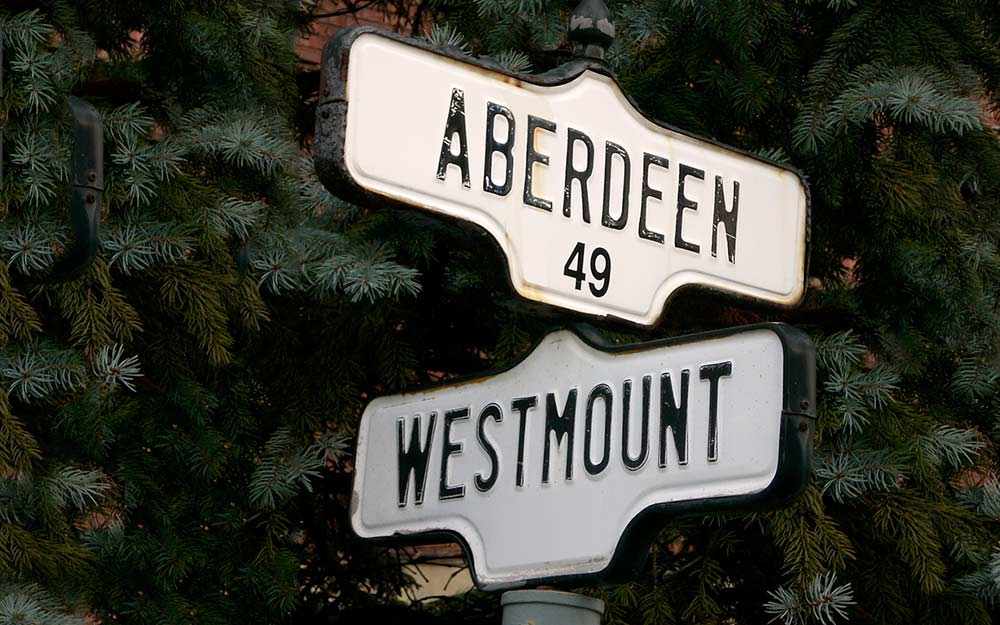
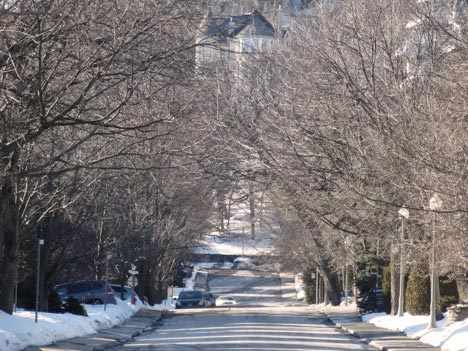
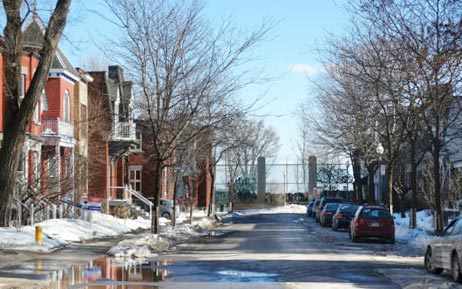
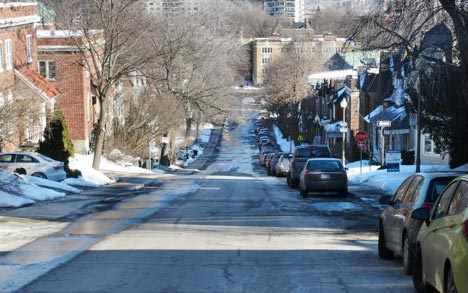
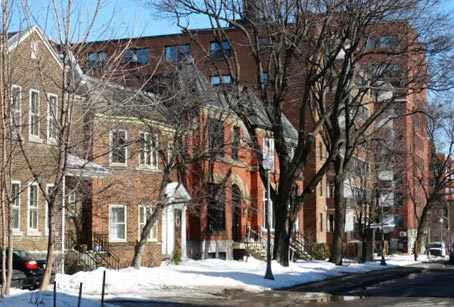
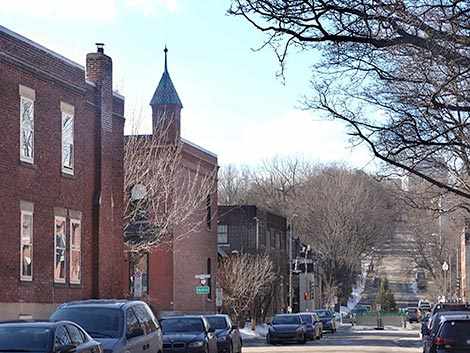
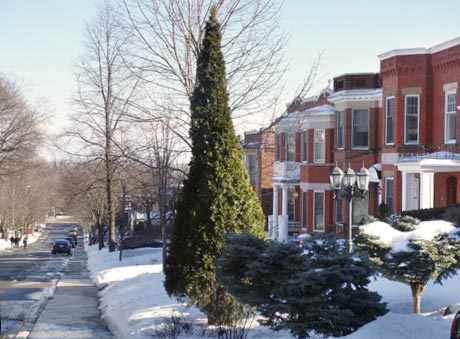
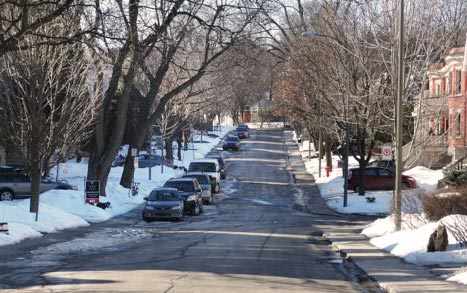

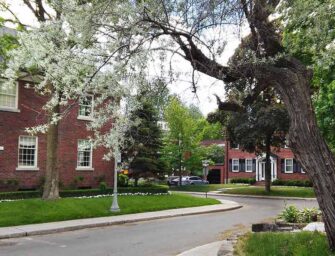

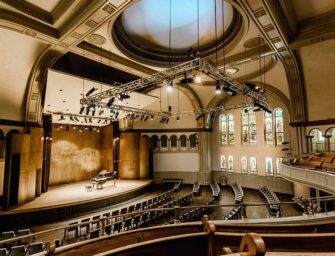

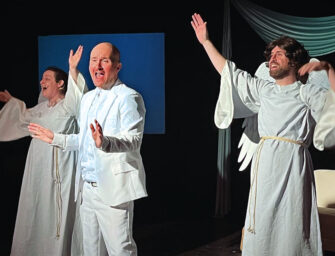
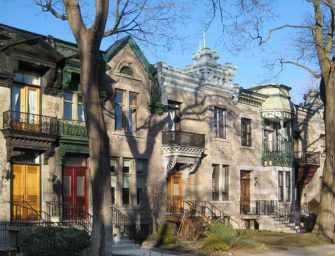


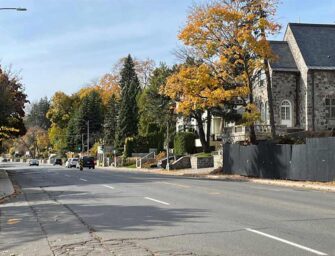
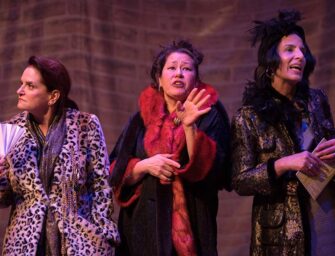


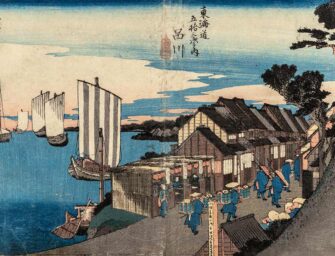






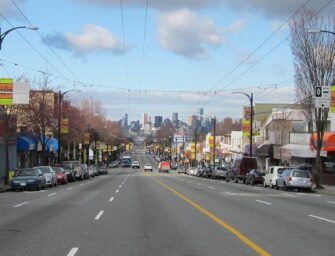
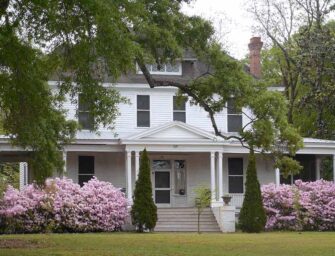



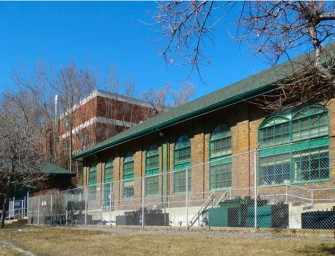
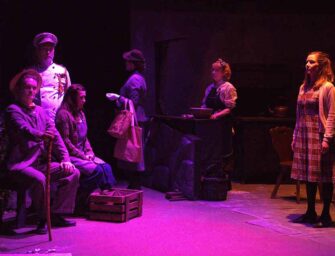
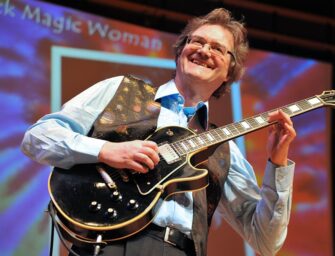
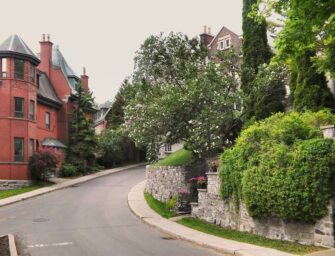

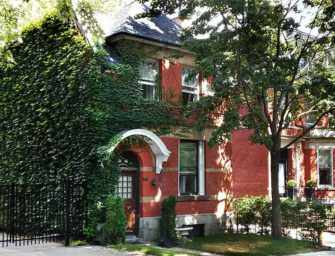
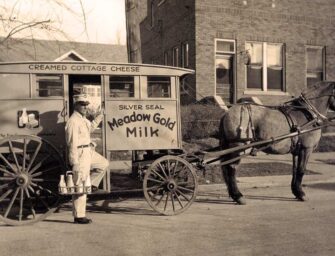

The names show the historical background beautifully–the illustrious people and their contribution to Westmount and to Canada.
Your article provides readers with a fascinating and factual look at the men and the history behind the street names we take so for granted.